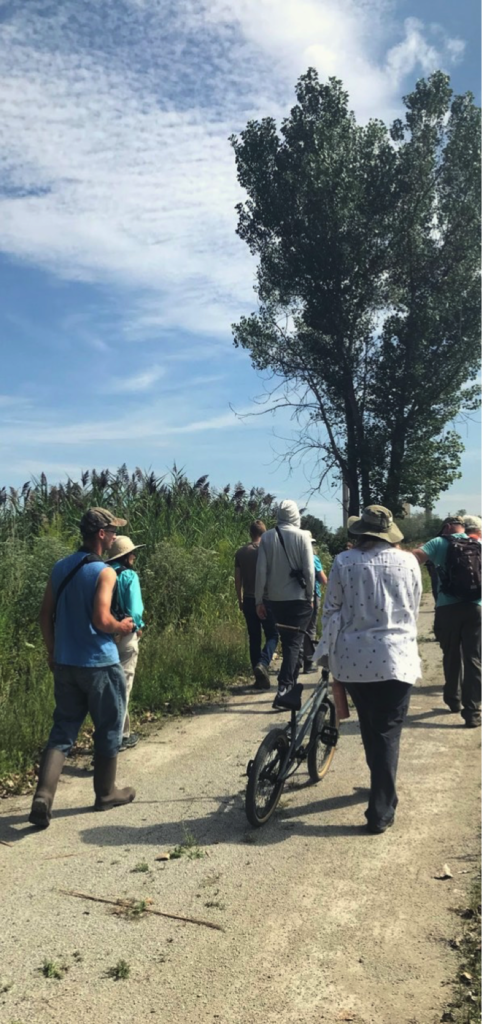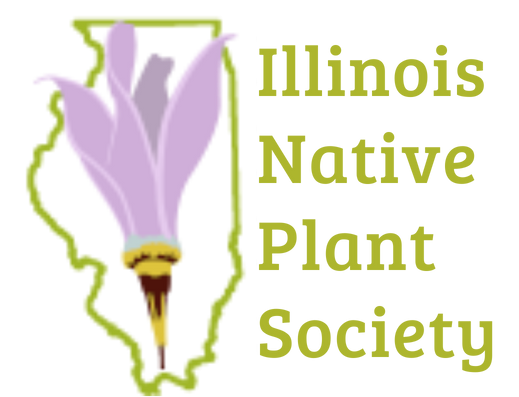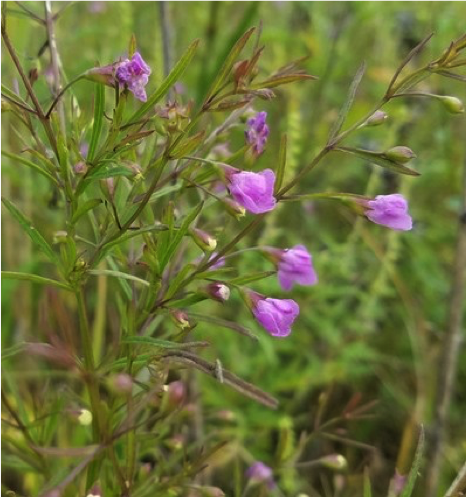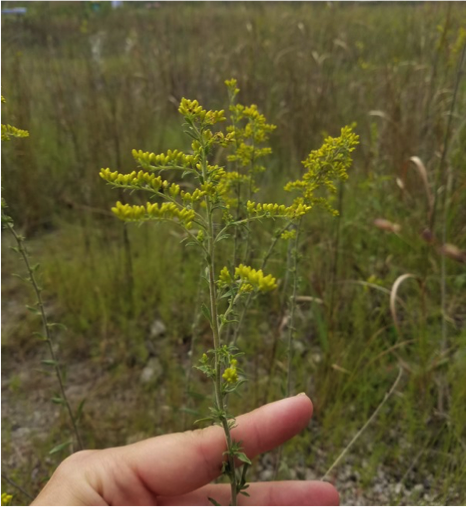Spiranthes on the Moon
What ecological potential can a former steel processing site hold? The answer is being explored at Big Marsh Park in the Calumet Region on Chicago’s Far Southeast Side. Dr. Lauren Umek, an ecologist and project manager with the Chicago Park District, gave an overview of the site’s history and possible future during the INPS Northeast slag party and orchid hunt on August 31. (Spoiler: we found the orchids!)

Before its industrial transformation, Big Marsh was part of a dune and swale wetland complex near Lake Michigan. The site is adjacent to the Acme Steel Coke Plant, shuttered since 2001, as well as the Paxton Landfill, which was closed in the early 1990s. Today parts of Big Marsh are covered with slag, an industrial byproduct from the steel manufacturing process. This moonlike rocky material, though potentially highly contaminated, happens to share characteristics with dolomite prairie. Rare native plants found in dolomite prairie and other dry and gravelly habitat are now colonizing slag fields on Chicago’s Southeast Side.
Only recently under management, some 10 percent of Big Marsh’s 300 acres have been cleared of invasive buckthorn and Phragmites. Big Marsh’s dirt bike park, soon to be expanded, makes use of areas of least ecological value while encouraging a more positive attitude towards the site.
Colonization by conservative plants in this unique landscape recommends a vision for Big Marsh beyond a typical grassland prairie restoration. Our group found a colony of dozens of nodding lady’s tresses orchids (Spiranthes cernua) surrounded by Phragmites. We also saw conservative plants like slender false foxglove (Agalinis tenuifolia) and false pennyroyal (Isanthus brachiatus) growing alongside the greatest hits of Chicago-area invasives.
This coexistence of conservative native and invasive plant species in a landscape formed by industry, rather than geology, makes for weird botany. It also prompts us to reflect on the permanent changes modern humans have made to our environments, and how we might better value them in the future.




